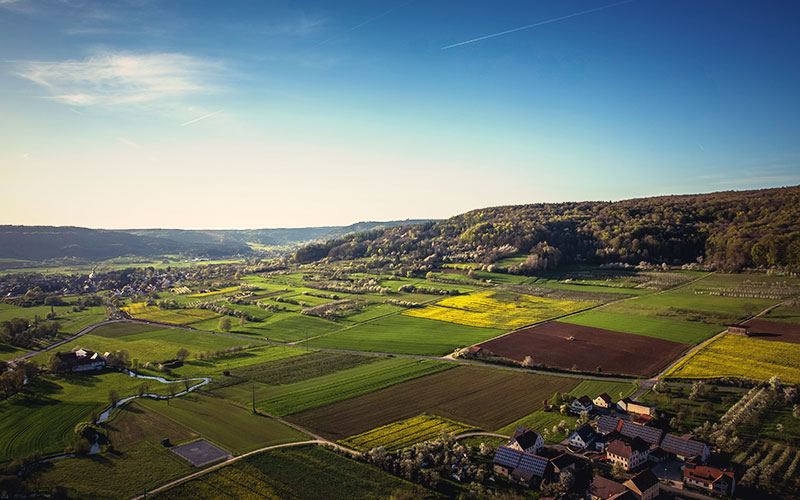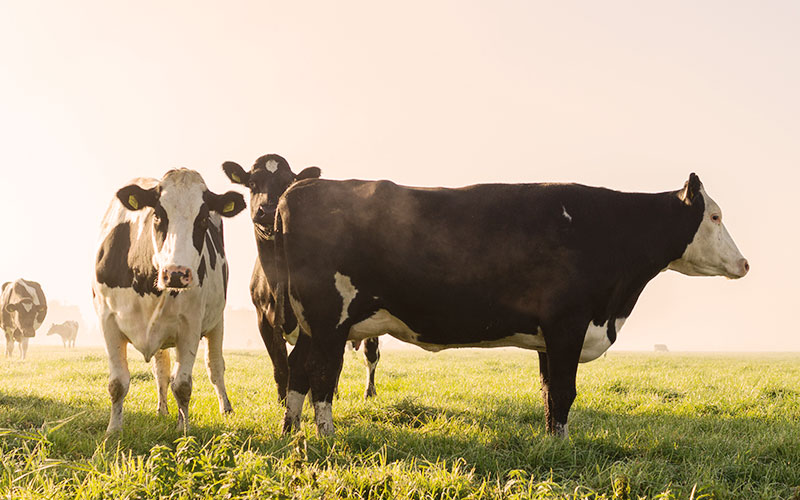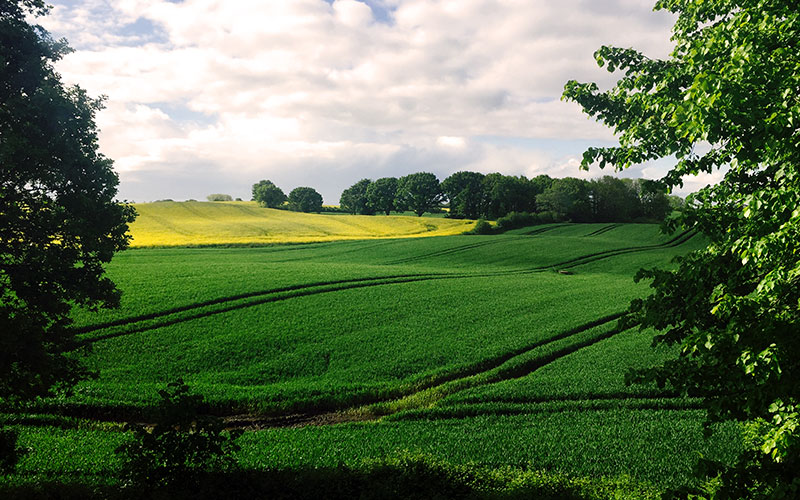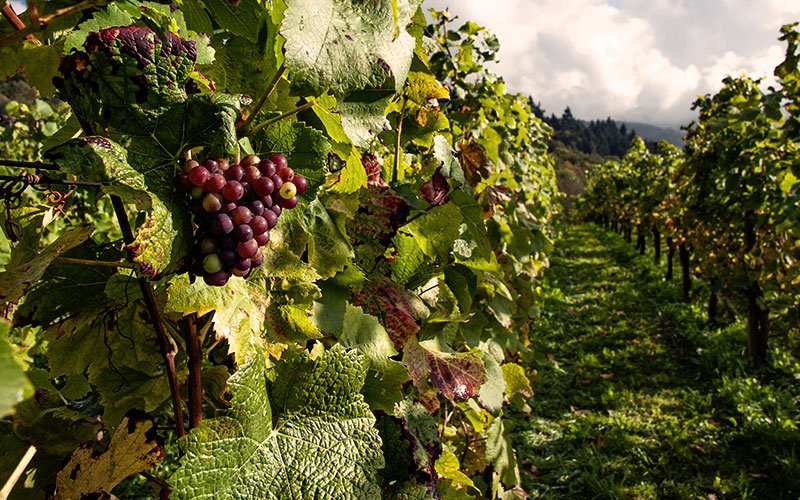What’s the first thing you think of when you hear the term “organic”? If your mind drifts to the produce section at the grocery store or market, you wouldn’t be alone. While much of the world relies on processed foods, the organic market is no small startup. Thanks to the adoption from companies like Walmart, it’s currently a $14 billion market.
While organic foods are growing fast, there’s a new movement that’s starting to make its own waves in the agricultural world. Well, maybe “new” isn’t the right word. In fact, this movement started at exactly the same time as the organic movement.
It was in 1924, the same year Jimmy Carter was born, when Rudolf Steiner presented his concepts to over a hundred farmers in Poland. Steiner would go on to publish the Spiritual Foundations for the Renewal of Agriculture the same year. This paper opened up the concepts he had presented to those who didn’t see him speak in person.
That was the beginning of organic farming, although that term wouldn’t be applied until the 1940s. But it was also the beginning of what we now call biodynamic agriculture.
Basics of Biodynamic Agriculture

The core principle of biodynamic agriculture is that everything connected. This includes animals, soil, the vines that grow your favorite grapes, and so on. Everything needs to work in tandem to achieve the highest quality output.
For example, biodynamic farmers don’t follow the traditional calendar for planting and harvest. Instead, they’ll use a lunar calendar to let them know when the best time is to plant, cultivate and harvest.
To the Vineyard and Beyond

Biodynamic agriculture is much bigger than the wine industry. It encompasses farmers from all walks of life. Still, more and more winemakers swear by it to produce the highest quality wine possible from their lands.
In the eyes of the biodynamic community, there’s not a difference between a winemaker and any other farmer. A vineyard may have a different set of specific operations than a dairy farm, but they can both operate under biodynamic principles. While the crops you’re growing may be different, the principles themselves aren’t different.
Organic or Biodynamic?

While biodynamic principles and an organic approach may have similar origins, they’ve since diverged. An organization named Demeter has a set of standards that you’d need to hold to be certified biodynamic.
To be sure, condensing down the standards loses many important details. However, one of the simplest ways to think of the differences is that biodynamics focuses on the journey while organics focuses on the destination.
A biodynamic approach believes the best result—crops, animals, etc.—comes when everything on the farm is working together.
On the other hand, an organic approach believes in creating a great, natural result from their crops, animals, etc.
As you might imagine, there’s a lot of overlap. Organic farmers still focus on running a farm free of things that would hurt their ability to have a natural, organic yield from their farm.
However, organic agriculture as we know it today has veered more toward a scientific approach to getting those results. Conversely, biodynamic principles are still rooted in a more spiritual background. This quote from The Handbook of Research on Entrepreneurship in Agriculture and Rural Development clarifies a biodynamic approach well:
“The farmer seeks to enhance and support the forces of nature that lead to healthy crops, and rejects farm management practices that damage the environment, soil plant, animal or human health….the farm is conceived of as an organism, a self-contained entity with its own individuality.”
Does it Work?

If there is a downside to biodynamics, it’s that there hasn’t been any scientific proof that it’s better than an organic approach. Perhaps this is because much of that proof focuses on the results over the process. Most critics latch onto the fact that many of the biodynamic principles are rooted in spiritual beliefs rather than scientific methods.
Since Steiner’s introduction of the concepts, many scientists have put these concepts to the test. In 2007, Linda Chalker-Scott, Ph.D., from Washington State University, published a paper. In it, she boiled down biodynamic agriculture as being more mystical than scientific.
Whether it’s the best agricultural approach doesn’t have a clear cut answer. Still, there’s little denying that biodynamic agriculture results in delicious, naturally-grown crops. From a consumer’s point of view, no one can deny it’s a win-win. You get a great, natural product such as wine from biodynamically grown grapes. You also get this great product with the knowledge the farmer used one of the most environmentally-friendly methods we have today.
To learn more about biodynamic farming, you can dig in deeper over at Demeter’s website or by reading their quick glance at biodynamic agriculture.




Leave a Comments